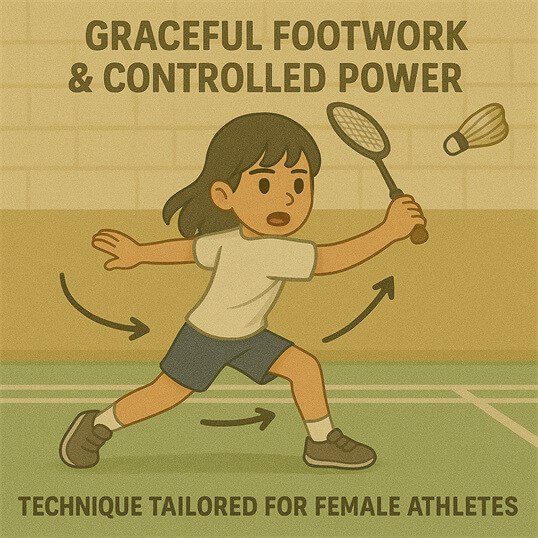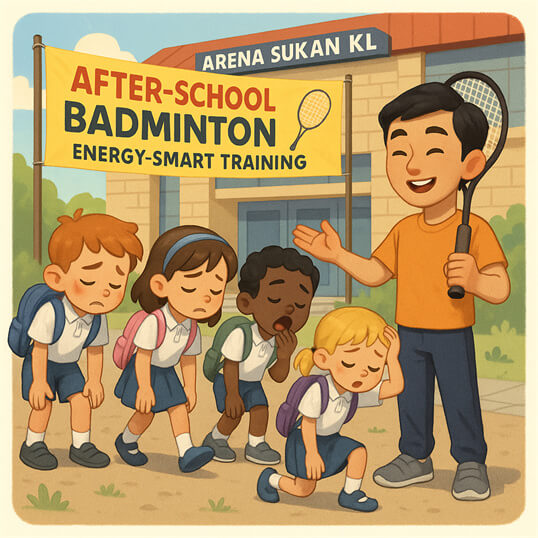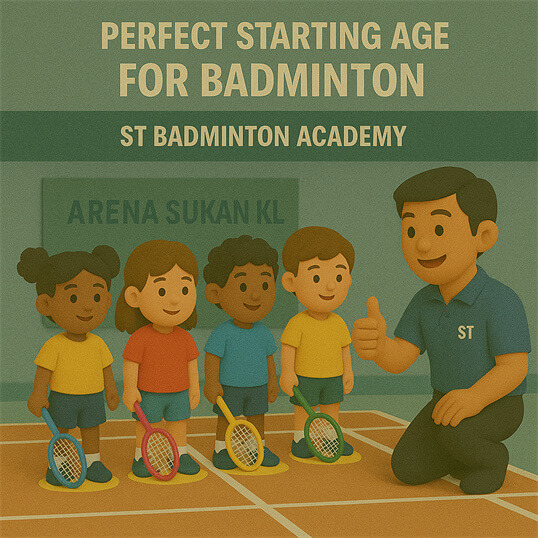5 Easy Badminton Training Exercises at Home Malaysia
Living in a bustling Kuala Lumpur condo doesn’t mean your child has to miss out on quality badminton practice. In fact, some of the most important foundation skills can be built right in your living room! These simple drills, guided by principles we use at ST Badminton Academy, are perfect for families in areas like Setapak and Cheras. All you need is about 2–3m of clear floor space and basic equipment like a racket, a few shuttles, and some masking tape to get started. A skipping rope is optional but great for coordination.
This guide provides five simple home badminton drills for kids aged 4+ and beginners in Kuala Lumpur to build foundational skills in small spaces.
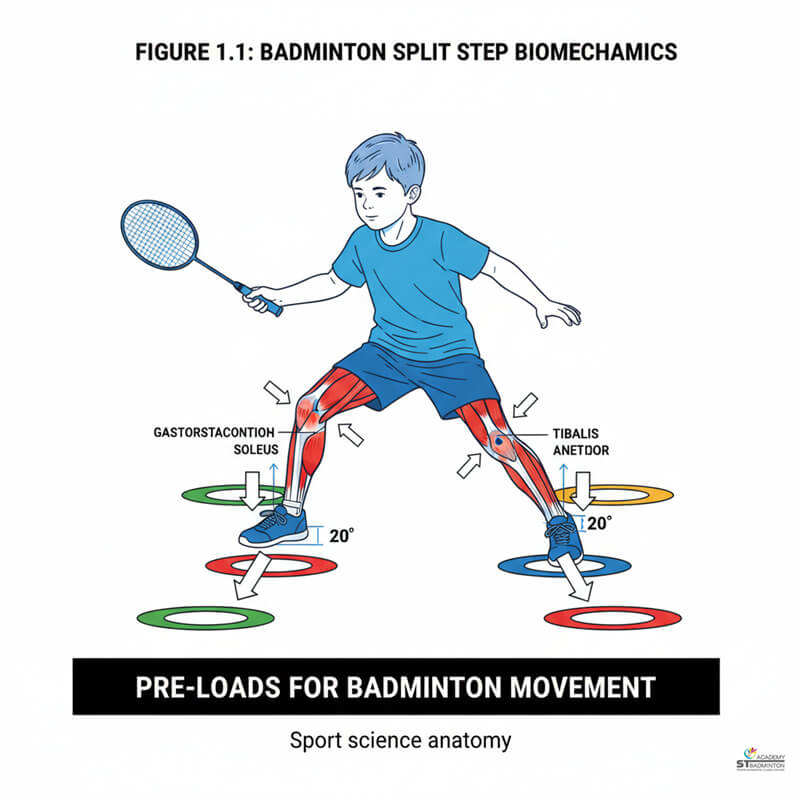
Exercise 1: Footwork Foundation
Shadow Footwork + Split Step (Home)
This drill teaches the ‘ready stance’ and how to react quickly. Start in the middle of your space, racket up. Before moving to any corner, do a small hop or ‘split step’—this primes the muscles to move faster. It’s perfect for kids aged 4 and above as it turns movement into a fun game. Even in a small condo near LRT Maluri, this exercise builds the core of efficient court coverage used in real badminton training.
The key is to stay light on the feet with hips square, taking small, quick recovery steps back to the center. Avoid being flat-footed, which slows reactions, or overreaching, which causes imbalance. Always wear non-slip shoes and ensure the 2-3m floor space is clear. To improve, have your child say “split” out loud just before you point to a corner. This is a habit ST Badminton Academy instills early to build steady, reactive footwork.
In the hallways of Setapak apartments or living rooms of Taman Maluri condos, these beginner badminton drills are easy to set up. This shadow footwork practice is fundamental for any young player, especially kids badminton (4+) learners, building a strong base that prepares them for joining a formal badminton academy in Malaysia.
Dose: 4 rounds × 45s work / 30s rest. Easy = 2 corners; Hard = “X” pattern, faster tempo.
Progressions: Use a metronome for rhythm; practice near a wall mirror to check posture.
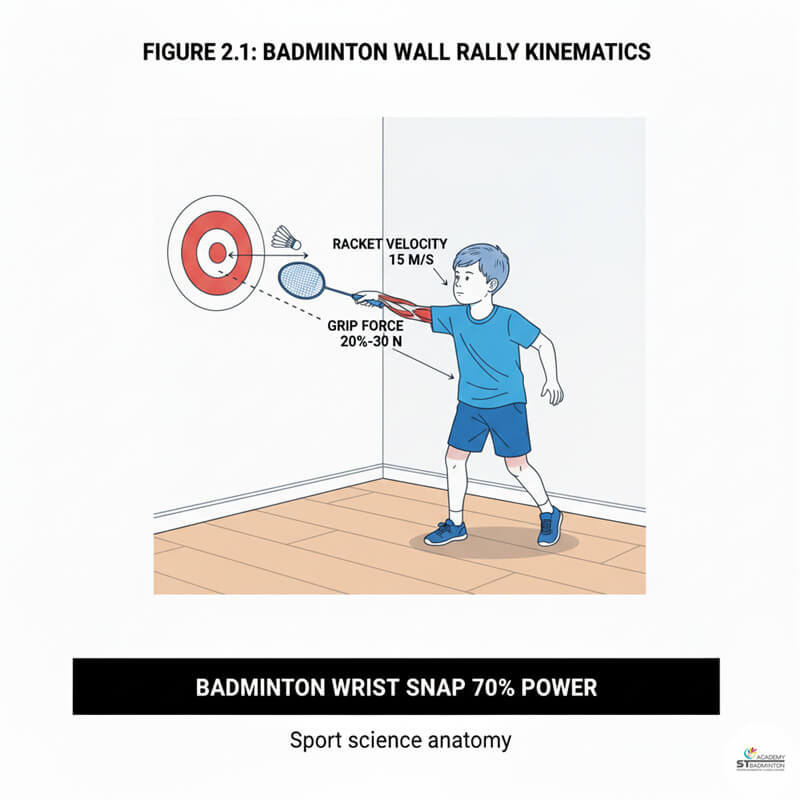
Exercise 2: Racket Control
Wall Rally Control (Drives & Net Touch)
This drill builds amazing racket head control and a feel for the shuttle. Stand about 2-3 metres from a clear wall. Start with gentle, flat drives, aiming for a consistent spot. Then, step closer for soft net-style taps. For kids aged 4 and above, using a foam or plastic shuttle is safer and easier. It’s an ideal activity for condos near Jalan Genting Klang or homes around Sunway Velocity where outdoor space is limited.
The correct way is to contact the shuttle in front of your body with a relaxed grip, letting the wrist do the work. Common mistakes are gripping the racket too tightly, swinging the whole arm across the body, or standing too close to the wall. Before starting, move fragile items and use masking tape to mark a 30×30 cm target. A key tip from our badminton academy sessions is to keep the elbow relaxed to develop better touch.
You can do this in a corridor of a home near MyTOWN/IKEA Cheras. This wall rally is one of the best beginner badminton drills for developing consistency. The control learned from this simple badminton training at home is exactly what’s needed to stand out in school CCA (Co-curricular activity) trials.
Dose: 3 rounds × 60 hits; 45s rest.
Progressions: Make the tape target smaller; take a small step back every minute.
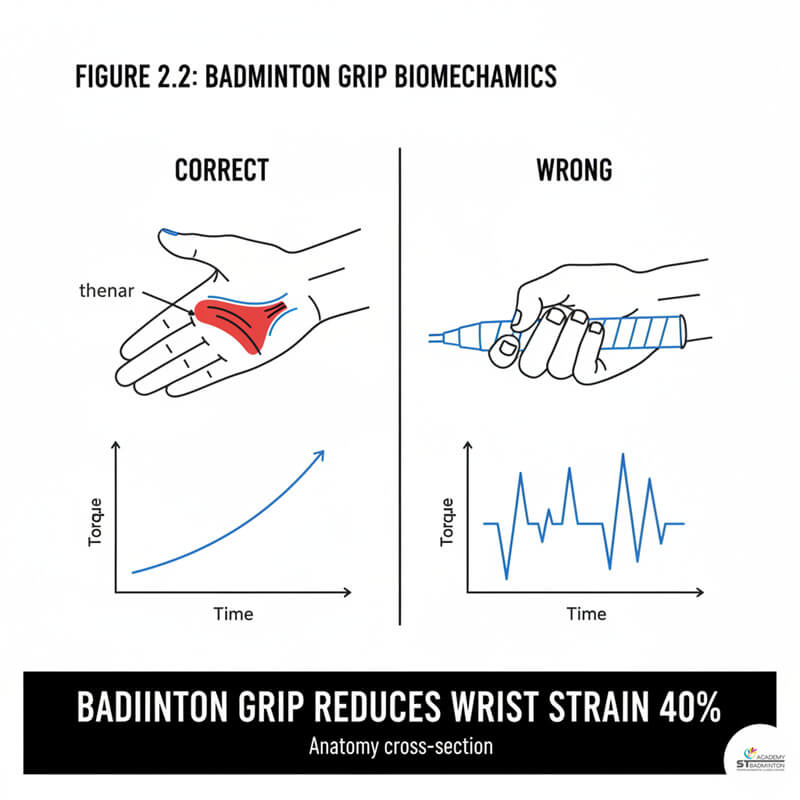
Exercise 3: Swing Mechanics
Racket Swings & Grip Shapes
Proper swing mechanics prevent injury and generate power. Practice 10 smooth overhead swings (like throwing a ball), 10 backhand clears, and slow “figure-8” motions with the wrist to build flexibility and control. This focus on safer shoulder use is a core part of the structured methodology taught at ST Badminton Academy Malaysia.
The correct form starts with a relaxed “handshake” grip that tightens only at the moment of impact. The most common mistake is the “panhandle” or frying pan grip, which limits power and can strain the wrist. If your child feels a pinch in their shoulder, stop immediately. Use a slow “contact-point pause” drill—pausing the swing at the highest point—to check their form. Filming from the side is great for checking the elbow-shoulder line, a key item on any good badminton training checklist.
This drill pairs perfectly with using a skipping rope to develop rhythm and timing. It’s a simple exercise for families in Sentul apartments to practice without needing a shuttle. Mastering these beginner badminton drills helps kids badminton (4+) players build a strong foundation, making them ready for a badminton academy in Kuala Lumpur.
Dose: 3 sets of each swing type; 30s rest between sets.
Progressions: Slowly add forearm pronation/supination (rotation); use a broomstick to feel a neutral arm path.
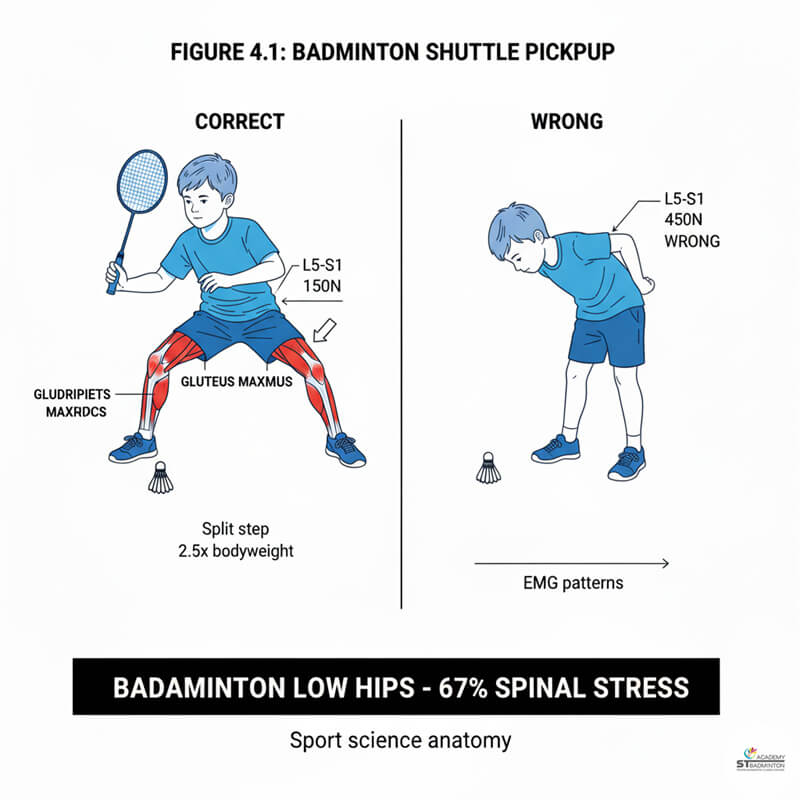
Exercise 4: Agility & Speed
Shuttle Pick-Up Circuit (Speed & Coordination)
This fun game builds speed, agility, and coordination. Place 5-10 shuttles in a pile in one corner and one shuttle in the center. The goal is to run from the center, pick up one shuttle from the pile, swap it with the center shuttle, and run back. It’s a fantastic after-school activity for families in Setapak or Wangsa Maju with small living rooms.
Correct form is crucial for safety and effectiveness: get down with low hips and bent knees, and always perform a split step before pushing off. Avoid simply bending at the waist with straight legs, which is inefficient and strains the back. Also, make sure to take a proper recovery step back to the center. Clear all obstacles and avoid playing in slippery socks. To make it more challenging, you can call out colors or numbers to randomize the pickups, just like a reaction drill at a badminton academy.
This drill is great for improving fitness, similar to routines used by students at TAR UMT. It reinforces key skills from other beginner badminton drills, like shadow footwork, while also teaching good habits like being on time to start and keeping the space tidy after practice. This simple badminton training helps prepare kids badminton (4+) players for more structured environments.
Dose: 3 rounds × 60–90s per round; 60s rest.
Progressions: Add a small line hop at the center; use a timer with beeps for a faster pace.

Exercise 5: Strength & Balance
Lunge Matrix + Skipping
Strong legs are the engine in badminton. Practice forward, backward, and side lunges on each leg to build strength and balance for reaching shots. Follow this with 60 seconds of skipping (if you have a rope) to improve foot speed and endurance. This simple combo is easy to do in KL condos near MRT Cochrane or even in local parks like Titiwangsa Lake Gardens.
For a correct lunge, the front knee should track over the middle of the foot, and the torso should stay upright. Avoid letting the knee collapse inwards or lifting the front heel off the ground too early. Start with shallow lunges to get the form right and wear cushioned shoes. A common cue in our badminton training warm-ups is to add a “pause-and-balance” for one second at the bottom of the lunge to improve stability.
This is a great weekend routine for families living near MRR2, perhaps after running errands at Setapak Central Mall. Combining strength work like this with other beginner badminton drills provides a well-rounded foundation. The leg power developed here is essential for players advancing to a badminton academy. If you have a skipping rope, it adds great cardiovascular benefit.
Dose: 3 cycles of (8 lunges per direction per leg + 60s skipping); 60s rest.
Progressions: Try a jump lunge for more power; have a parent call out directions (e.g., “front-left!”).

Pathway to Progress
From Home Drills to Court Confidence
These home exercises are more than just games; they are the building blocks for real on-court skills. Mastering them helps a child develop the coordination, control, and footwork needed to join a school team or feel confident in CCA sessions. They build muscle memory correctly from the very beginning.
When your child is ready to take the next step, the habits they built at home will accelerate their progress in a structured setting. Our in-person badminton training continues this journey, with every session guided directly by the head coach to ensure quality and personal attention.

The Value of Good Habits
Simple Rules for Effective Practice
Consistency is more important than intensity, especially for young beginners. A short 15-minute session three times a week is better than one long, tiring hour. At our academy, we emphasize simple rules: be on time for practice, listen carefully to instructions, and always keep your practice space tidy. These disciplines, learned at home, translate directly to success in a formal training environment.
With over 15 years of experience, our coaching philosophy is built on establishing a strong foundation first. These home drills are the perfect starting point for that journey.
Parent Questions About Home Badminton Training
Common questions from parents in Kuala Lumpur looking to support their child’s badminton journey at home.
How can I keep my 4-year-old engaged during these drills?
For kids aged 4 and above, keep sessions short (10-15 minutes) and frame them as fun games. Use colorful markers, give lots of praise, and focus on one or two simple cues per drill. The goal is positive association with the sport, not perfection. Celebrate the effort, not just the result!
What are the most common mistakes to avoid?
Two main issues for beginners are using the wrong “panhandle” grip and staying flat-footed with no split step. These drills are designed to correct those habits from day one. Focus on a relaxed handshake grip and making a small hop before every movement to build a solid foundation.
Do these drills really help for school team or CCA trials?
Absolutely. Coaches look for fundamentals. A child who can move efficiently with a split step and demonstrate good racket control will stand out. These drills build the core skills that form the pathway to becoming a competent player, making them ready and confident for school-level activities.
How important is safety and space for these home drills?
Safety is the top priority. Ensure you have at least 2-3 metres of clear floor space with no sharp corners or fragile items nearby. This works in most small condos near Jalan Genting Klang. Always have your child wear non-slip shoes (no socks!) to prevent falls during footwork drills.
What if we don’t have all the recommended equipment?
You can be creative! If you don’t have shuttles for the wall rally, a foam ball or even a rolled-up pair of socks can work for control practice. Instead of markers, you can use masking tape on the floor. The key is practicing the movements correctly and safely.
Are these drills a substitute for professional coaching?
These drills are a fantastic supplement to build a strong foundation, but they don’t replace an experienced coach. For personalized feedback and advanced skills, in-person training is essential. ST Badminton Academy Malaysia offers structured classes after your quick commute on the LRT Maluri to take your child’s game to the next level.
See The Basics in Action
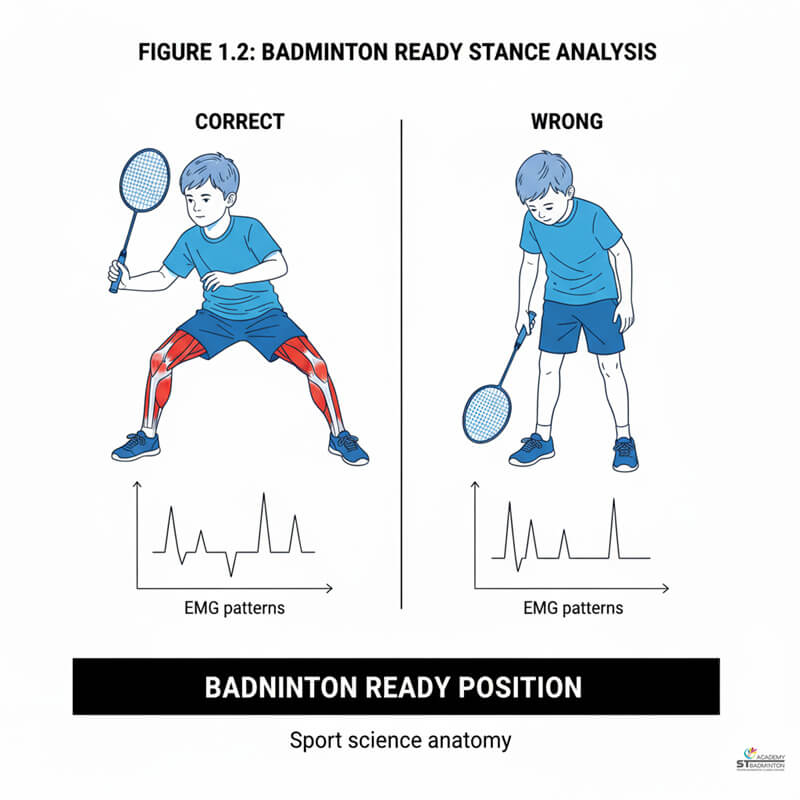
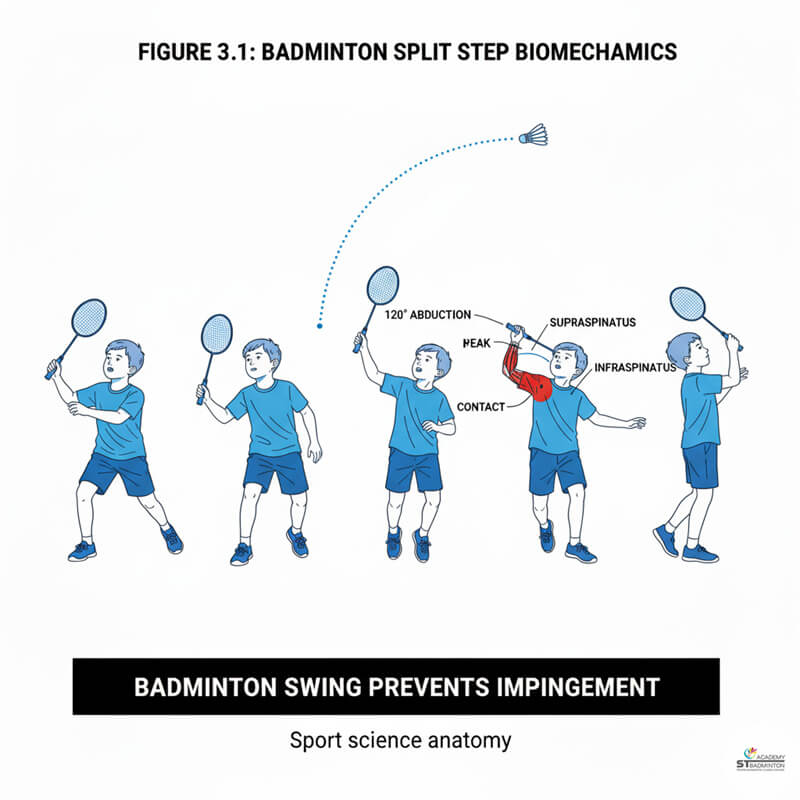
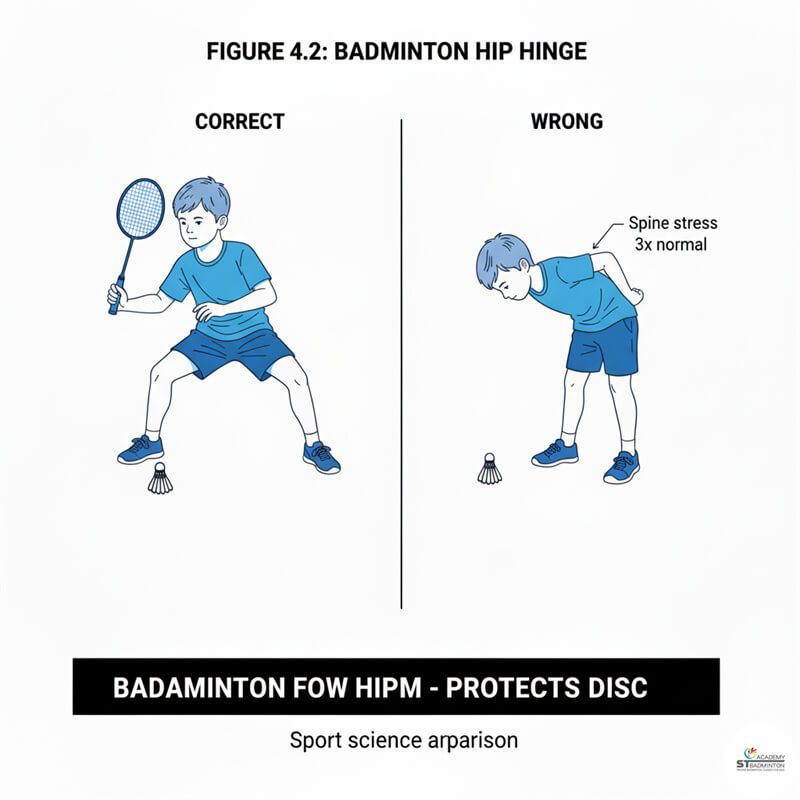

Proven Progress for Young Beginners
Starting with structured home drills gives children a significant advantage in coordination, confidence, and skill acquisition. Our approach ensures a strong foundation for a lifelong love of badminton.
| Practice Element | Unstructured Home Play | Guided Drills + Academy Pathway STRUCTURED |
|---|---|---|
| Skill Development | Random hitting, often reinforces bad habits like poor grip or flat feet. | Builds correct muscle memory for footwork, grip, and swings from the start. |
| Injury Risk | Higher risk of minor strains from incorrect movements without guidance. | Focuses on safe, age-appropriate motions that protect a child's joints. |
| Coordination | Slow and inconsistent improvement in hand-eye coordination. | Drills are designed to rapidly improve coordination, balance, and agility. |
| Engagement | Child may get bored easily without clear goals or structure. | Turns practice into fun, game-like challenges with clear, achievable goals. |
| CCA/School Team Prep | May lack the fundamental skills that coaches look for in trials. | Directly prepares kids with the core skills needed to join school teams confidently. |
| Parental Involvement | Parents may not know what to look for or how to help effectively. | Provides parents a clear, simple guide to support their child's learning journey. |
| Next Steps | Child may struggle to adapt to a formal coaching environment later. | Creates a seamless transition to in-person badminton training at an academy. |
Ready for In-Person Badminton Training in Kuala Lumpur?
These home drills are the perfect start. When your child is ready to join a structured program with personalized feedback, our in-person badminton training in Malaysia is here to help them progress. We are not an online service; we provide hands-on coaching for kids 4+ in areas like Setapak, Wangsa Maju, and Cheras. Contact us to learn more.

